STS-1: Columbia’s first flight
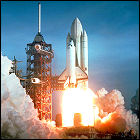 Space Shuttle Columbia lifts off on the shuttle system’s first flight into a space, with Commander John Young (a Gemini/Apollo veteran) and Robert Crippen aboard, the first two-man American crew since the Gemini program’s final flight in 1966. It’s a true test flight in every sense of the word – every previous American manned spacecraft had been flown unmanned first to verify safety and spaceworthiness, making the shuttle’s first flight a case where everything has to go perfectly the first time.
Space Shuttle Columbia lifts off on the shuttle system’s first flight into a space, with Commander John Young (a Gemini/Apollo veteran) and Robert Crippen aboard, the first two-man American crew since the Gemini program’s final flight in 1966. It’s a true test flight in every sense of the word – every previous American manned spacecraft had been flown unmanned first to verify safety and spaceworthiness, making the shuttle’s first flight a case where everything has to go perfectly the first time.

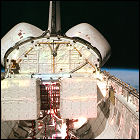 Safely in orbit, the cargo bay doors are opened for the first time on
Safely in orbit, the cargo bay doors are opened for the first time on 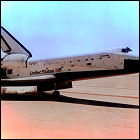 The first shuttle to return from space,
The first shuttle to return from space,  ABC airs the fifth episode of Stephen J. Cannell’s superhero comedy series The Greatest American Hero, starring William Katt, Connie Sellecca, and Robert Culp.
ABC airs the fifth episode of Stephen J. Cannell’s superhero comedy series The Greatest American Hero, starring William Katt, Connie Sellecca, and Robert Culp.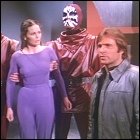 NBC airs the
NBC airs the  The
The 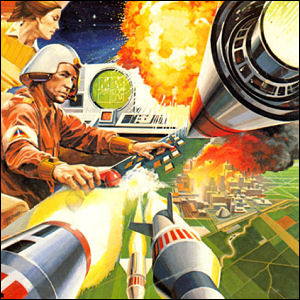 Atari releases the home version of
Atari releases the home version of  BBC 1 premieres the
BBC 1 premieres the 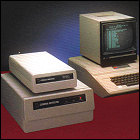 Corvus Systems, makers of hard disk drives for the Apple II and other microcomputers, releases the Corvus OmniNet, the first local area networking hardware/software bundle aimed at small businesses, schools, and even high-end home users. Since Corvus’ 5 and 10 megabyte hard disk drives for the Apple II had initial price tags in the $5,000 range, Corvus also created the OmniNet hub to allow small businesses and schools to maximize that investment by allowing multiple computers to access it. Forseeing the future of the business market, Corvus also makes OmniNet cards for the IBM PC. Though Ethernet is already in use at this time, its expensive hardware and installation is generally limited to large business customers.
Corvus Systems, makers of hard disk drives for the Apple II and other microcomputers, releases the Corvus OmniNet, the first local area networking hardware/software bundle aimed at small businesses, schools, and even high-end home users. Since Corvus’ 5 and 10 megabyte hard disk drives for the Apple II had initial price tags in the $5,000 range, Corvus also created the OmniNet hub to allow small businesses and schools to maximize that investment by allowing multiple computers to access it. Forseeing the future of the business market, Corvus also makes OmniNet cards for the IBM PC. Though Ethernet is already in use at this time, its expensive hardware and installation is generally limited to large business customers.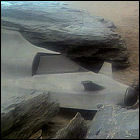 BBC 1 premieres the
BBC 1 premieres the 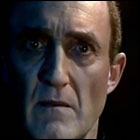 ITV premieres
ITV premieres 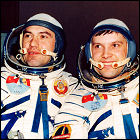 The final first-generation Soyuz spacecraft, Soyuz 40, is launched on a week-long spaceflight by the Soviet Union. With Leonid Popov and Romanian cosmonaut Dumitru Prunariu aboard, Soyuz 40 visits space station Salyut 6 for several days, and is the last spacecraft to dock at the five-year-old space station. The Soyuz 40 crew returns to Earth on May 22nd. Future Soyuz launches will use the upgraded Soyuz-T vehicles.
The final first-generation Soyuz spacecraft, Soyuz 40, is launched on a week-long spaceflight by the Soviet Union. With Leonid Popov and Romanian cosmonaut Dumitru Prunariu aboard, Soyuz 40 visits space station Salyut 6 for several days, and is the last spacecraft to dock at the five-year-old space station. The Soyuz 40 crew returns to Earth on May 22nd. Future Soyuz launches will use the upgraded Soyuz-T vehicles.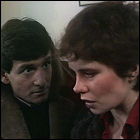 BBC 1 premieres the
BBC 1 premieres the 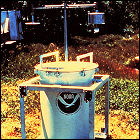 Researchers and storm chasers from the National Weather Service’s Severe Storms Laboratory in Norman, Oklahoma make the first field deployment of the 300-pound TOtable Tornado Observatory (TOTO) instrument package, a modified oil drum filled with meteorological instrumentation which is intended to be placed directly into the path of an oncoming tornado. The first deployment, in north Texas, yields no data – no tornado forms for TOTO to study. Over the next five years, despite several “close calls”, TOTO is never successfully placed in the direct path of a tornado. The TOTO program is discontinued in 1987.
Researchers and storm chasers from the National Weather Service’s Severe Storms Laboratory in Norman, Oklahoma make the first field deployment of the 300-pound TOtable Tornado Observatory (TOTO) instrument package, a modified oil drum filled with meteorological instrumentation which is intended to be placed directly into the path of an oncoming tornado. The first deployment, in north Texas, yields no data – no tornado forms for TOTO to study. Over the next five years, despite several “close calls”, TOTO is never successfully placed in the direct path of a tornado. The TOTO program is discontinued in 1987.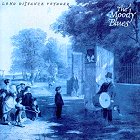 Decca Records releases the
Decca Records releases the  ITV airs
ITV airs 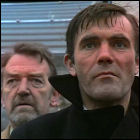 BBC 1 premieres the
BBC 1 premieres the